'It completely defeats the purpose' – experts urge you to ditch this performative organizing task so you can more easily tidy your home
Don’t make the same mistake

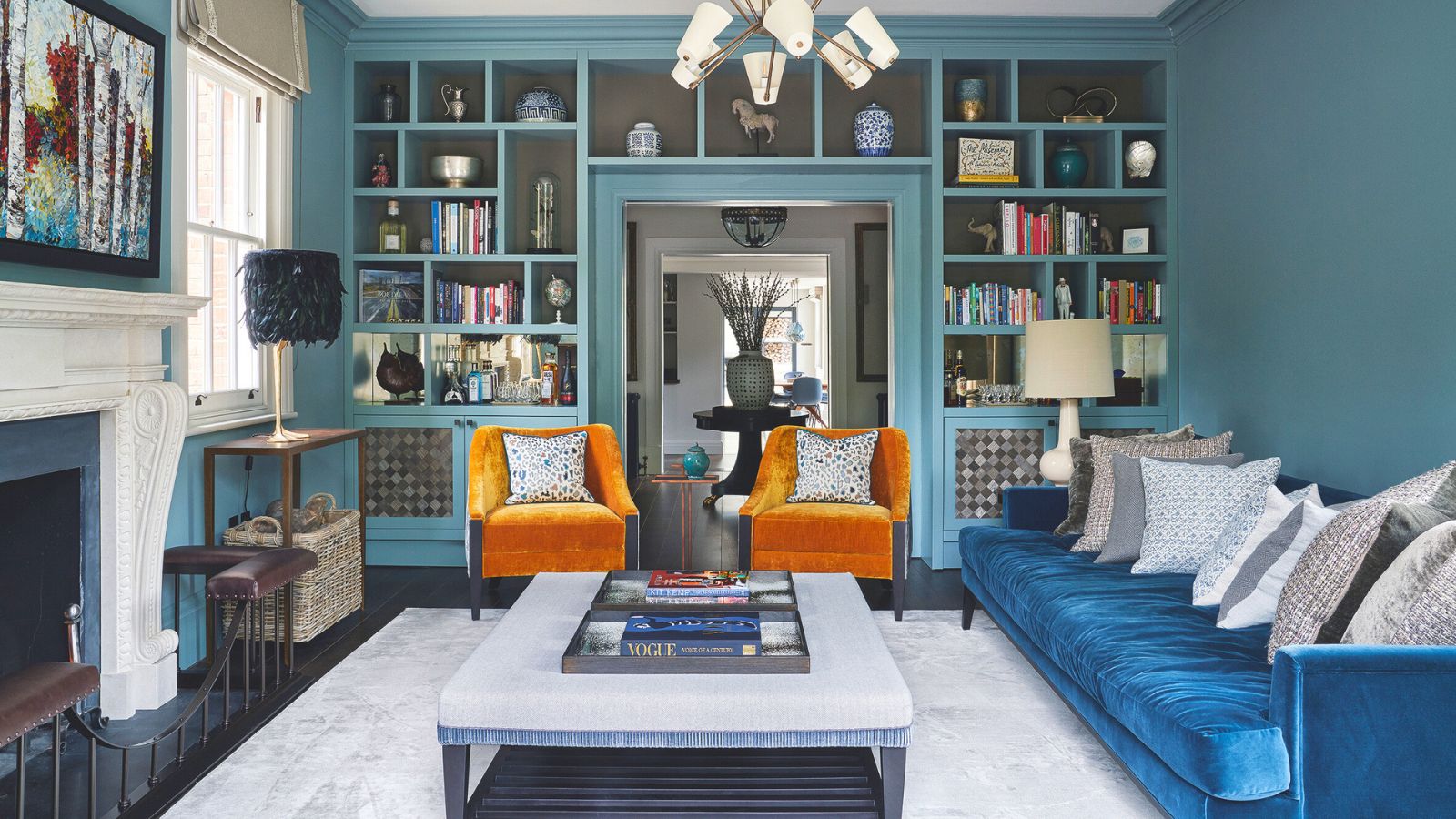
Organizing your space can be a tricky thing to get right, and with an influx of ‘inspiration’ across social media and TV, it is easy to pick up purely performative tasks that do nothing to make your home more organized.
The worst among them? Labeling everything. While it can help in some cases, professional organizers warn that slapping a label on a bin or drawer doesn’t do anything to create a lasting organizing system.
Here, they delve into why you should ditch this performative organizing task, and what to do instead to create a home organizing system that sticks.
The performative task you need to ditch for an organized home
The idea that labels are ‘performative’ might come as a bit of a shock, considering that they crop up so often as a tool that professional organizers can’t do their job without.
However, there is a fine line between using a label maker, like the Dymo Letretag, from Walmart, efficiently and using it as a sticking plaster.
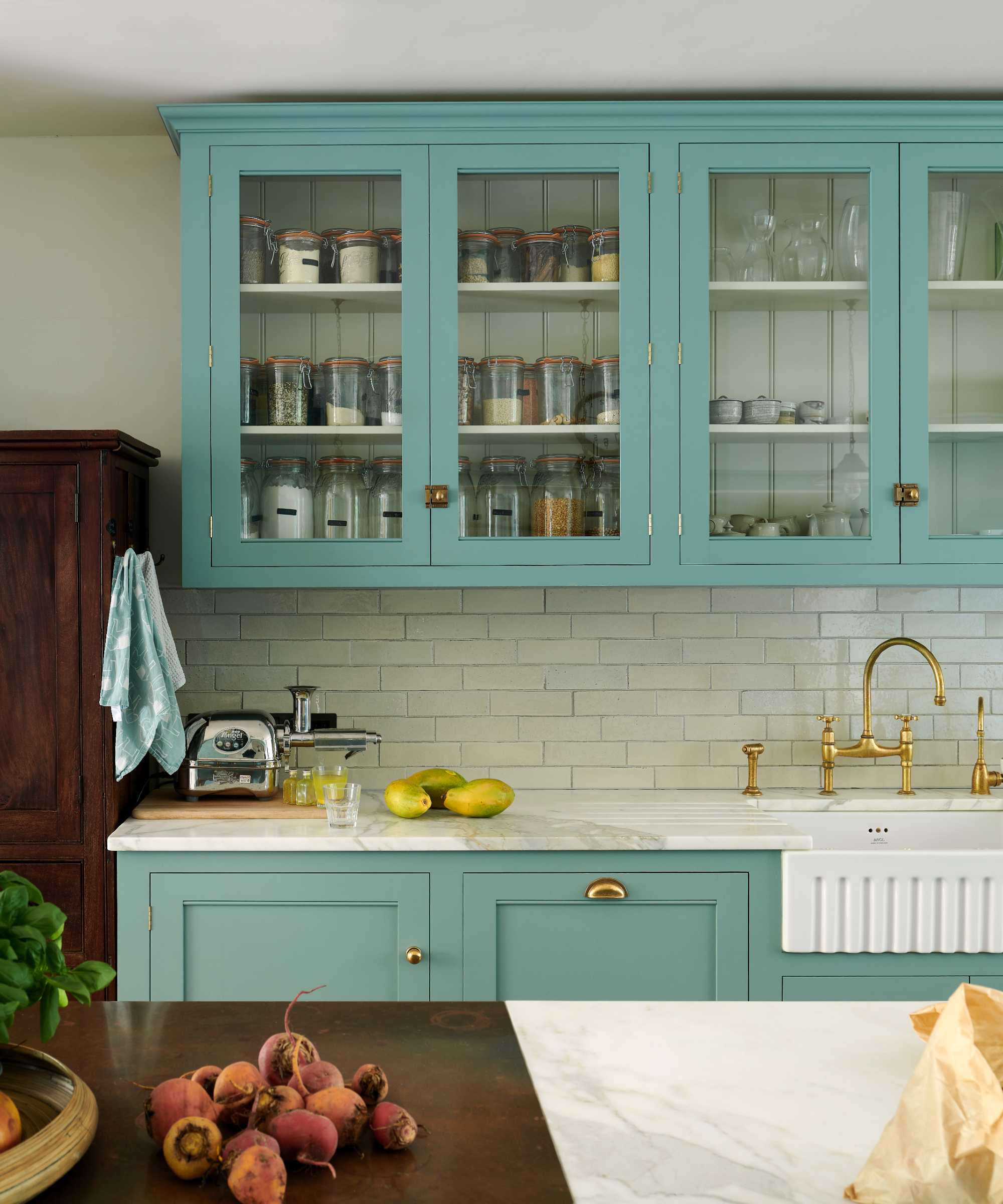
Labels can make sense in some areas of the home, but be redundant in others.
Michelle Urban, professional home organizer and founder of The Organized House, explains, ‘One initiative that always stands out is labeling everything before a system is even in place. People go straight for the label maker, labeling bins, drawers, and shelves, without first figuring out what belongs where or how the space is used.
‘Those labels quickly become irrelevant, and because of the work involved, people feel locked into the setup just because it’s labeled. Yes, it looks organized, but it doesn’t actually work.’
Design expertise in your inbox – from inspiring decorating ideas and beautiful celebrity homes to practical gardening advice and shopping round-ups.
It is fast becoming an organizing ick that professional home organizers hate and use them too liberally, and you end up over-organizing your home, Michelle warns.
‘Labeling the obvious’ is performative, she warns, adding no one needs to stick a label on a clear jar of cotton balls. ‘That’s when labeling turns into a part-time job, which completely defeats the purpose.’
What to do instead

Declutter and organize first, then assess whether or not you need labels.
Michelle shares, ‘In my experience, performative organizing doesn’t last. Real systems should make your home easier to live in, not just prettier to look at.’
To avoid this common organizing mistake, you should use some decluttering methods to clear out stuff you are not using and organize your containers and storage units logically. Realistically, you should be storing items where you use them most, or where it makes logical sense to look for them, using the co-worker/cousin method to keep like with like.
Labels, then, become subtle reminders or a method to help others navigate your home, rather than a map to your stuff. They should be used sparingly, such as on opaque containers like the Sterilite Heavy Duty Storage Bins from Walmart, or when working on storage-specific spaces, such as organizing a big attic or organizing a garage with too much stuff.
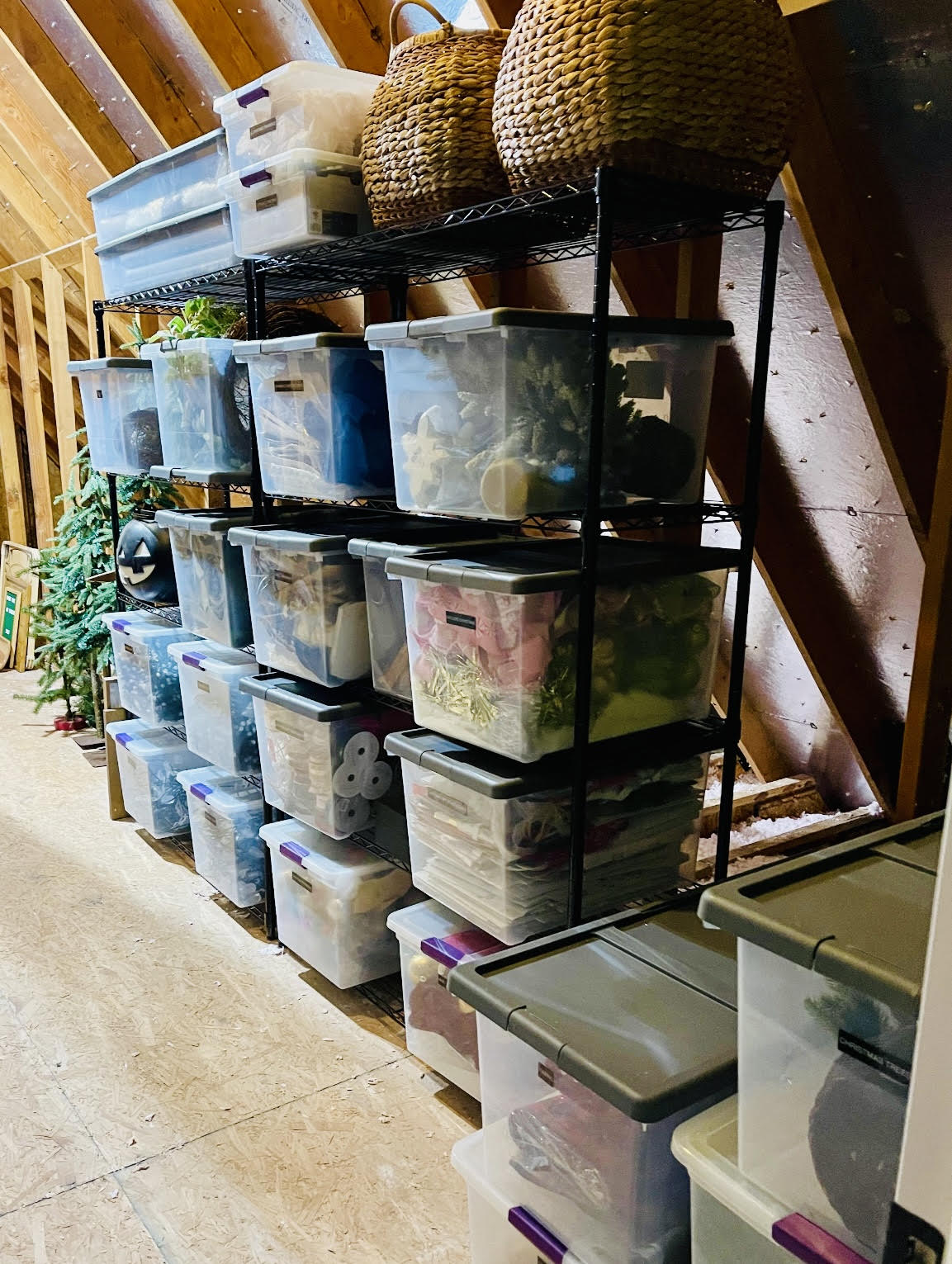
Labels can be helpful in large storage areas where items stay largely the same, such as attics or basements.
Alternatively, you can ditch labels altogether to give yourself more breathing room and allow for future changes to your organizing system.
David Hurless, director of operations at Stor-It, suggests, ‘My advice here would be to ditch the labels, and instead keep your items in clear storage containers [such as the Premier Clear Modular Totes from The Container Store]. This allows you to see directly into your storage tubs, without needing to make labels.
‘I like this so much better, because you can also sometimes find whatever it is you are looking for without having to open up and completely reverse the storage contents.’
What to shop
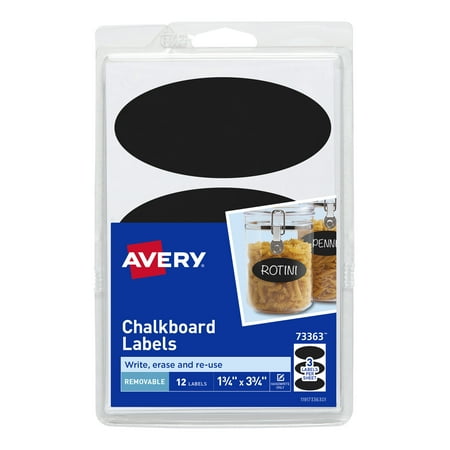
If you do want to label things in your home but don't want to be locked into organizing decisions, reusable chalkboard labels can be wiped clean and refreshed as needed.
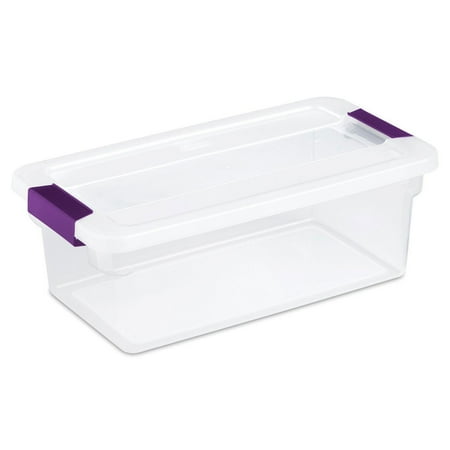
Using totes with see-through lids and bases allows for easy identification of contents from any angle.
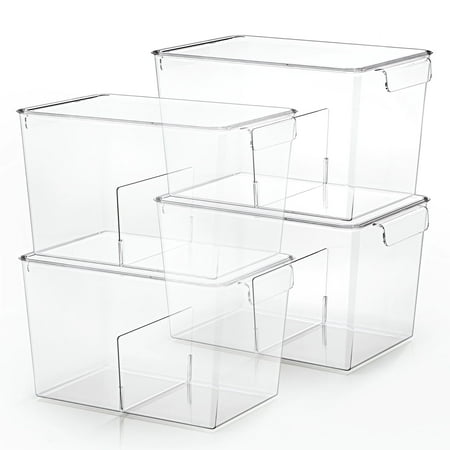
These smaller containers are perfect for pantries, cabinets, and fridges, and are stackable to help you make the best use of vertical storage.
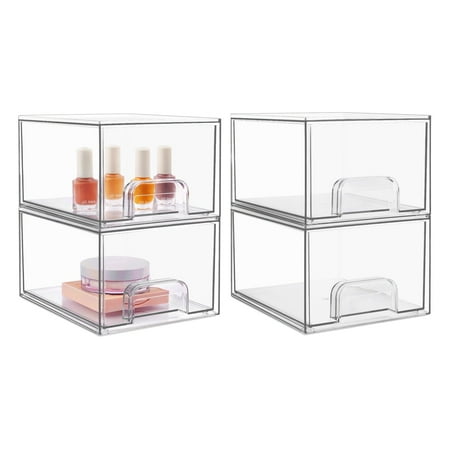
Keep your home organized with clear acrylic bins that help identify contents easily, suitable for bathrooms, bedrooms, offices, and more.

These under-bed storage bags have clear lids so you can see everything at a glance, negating the need to label everything while allowing for flexible seasonal storage.
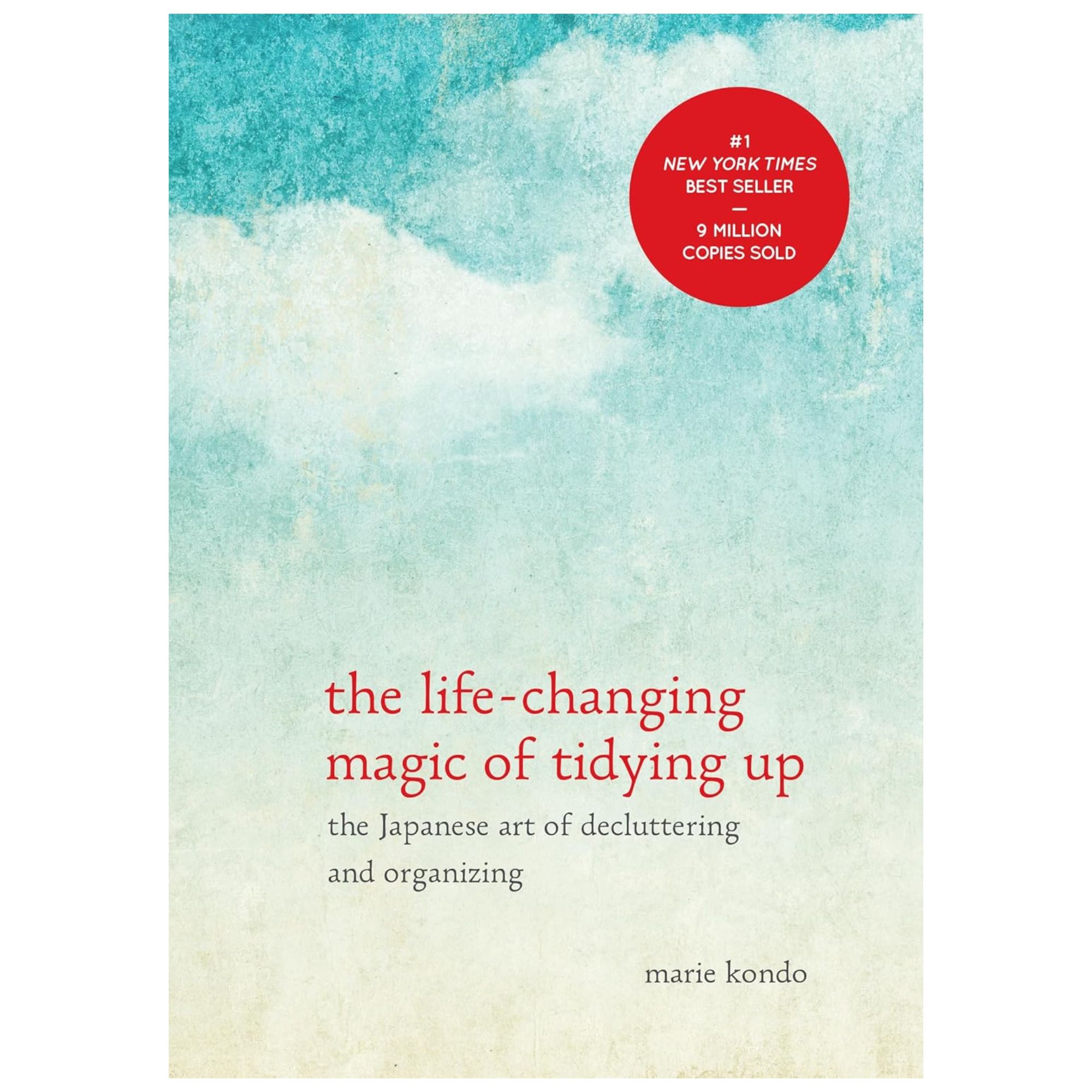
This bestselling book packs so much decluttering and organizing advice into a mere 200 pages, in a readable and digestible format that's accessible to all readers of all ages.
Meet the experts

Michelle Urban is the owner of The Organized House, helping to bring simplicity and ease to others' lives. Michelle is a big fan of the “Great Over Good” method and uses it often with her clients, especially when they are knee-deep in decluttering and paring down five versions of the same item.

David is a storage expert and operations director at Stor-it, which has been serving the Greater Treasure Valley, Donnelly and McCall for over five decades and is Idaho’s largest privately owned storage operator. David knows every storage solution in the book.
Over labeling everything is not the only storage mistake that makes your home harder to navigate. Decanting everything in a pantry or using bins just to hide clutter are common organizing trends that don’t work, too.

Chiana has been at Homes & Gardens for two years and is our resident 'queen' of non-toxic living. She spends most of her time producing content for the Solved section of the website, helping readers get the most out of their homes through clever decluttering, cleaning, and tidying tips. She was named one of Fixr's top home improvement journalists in 2024.